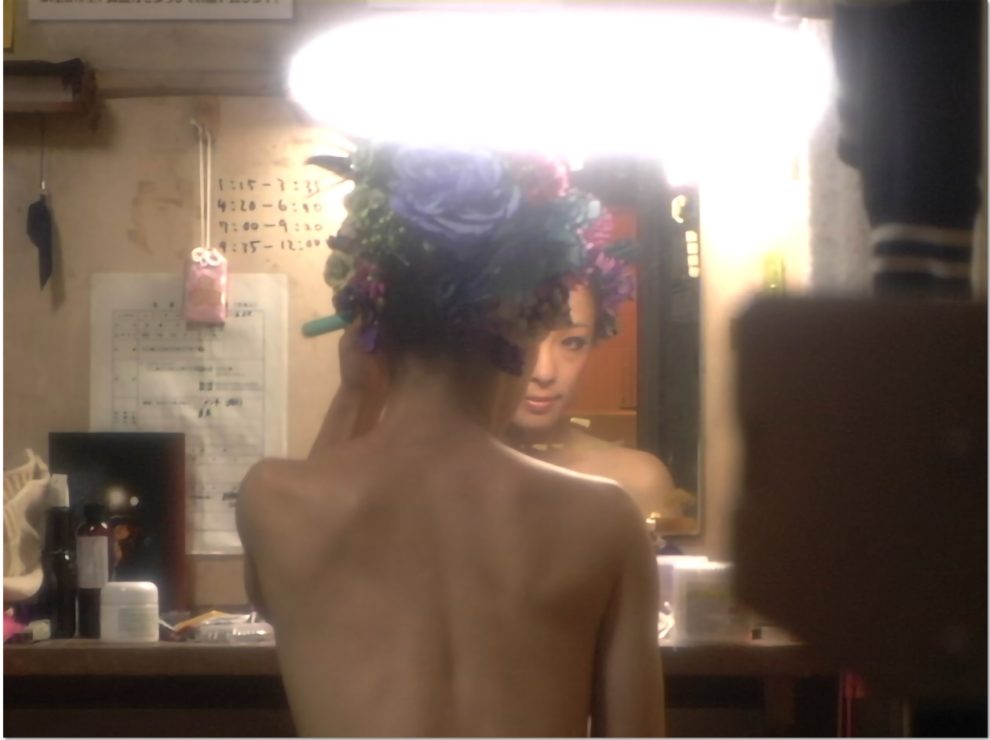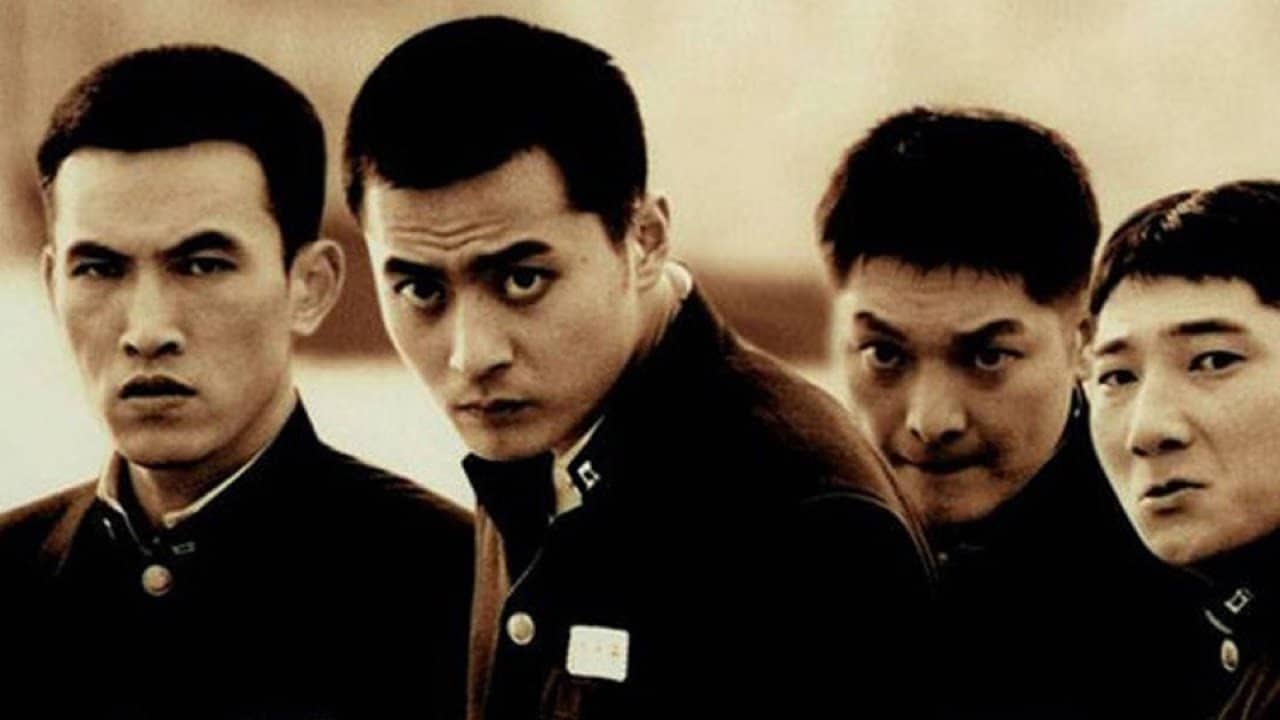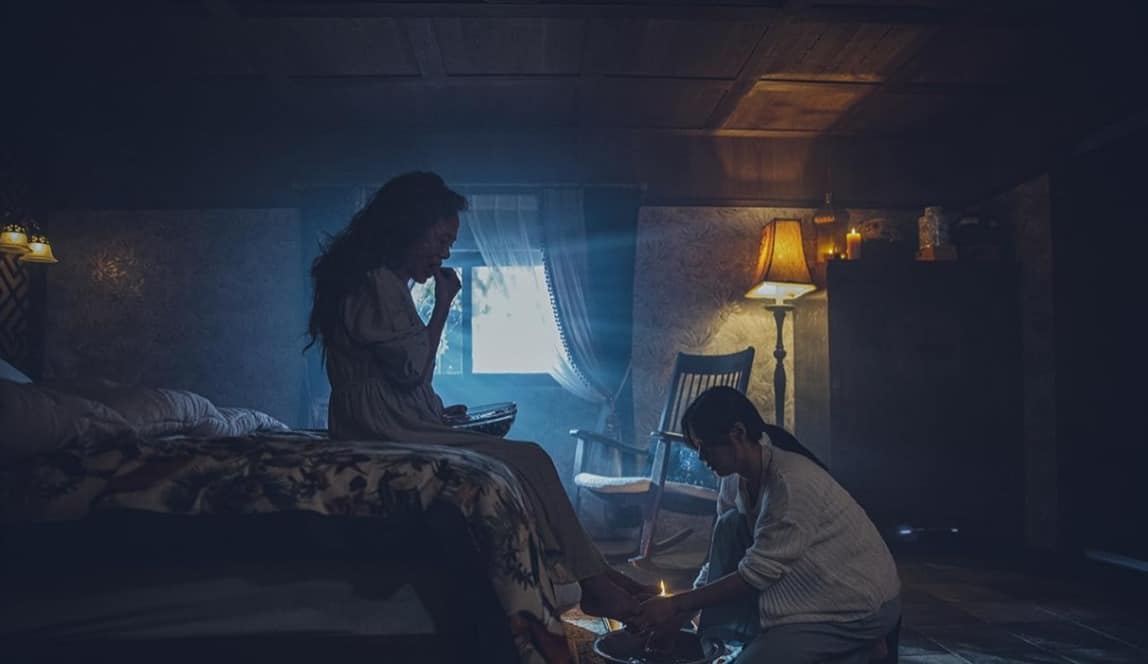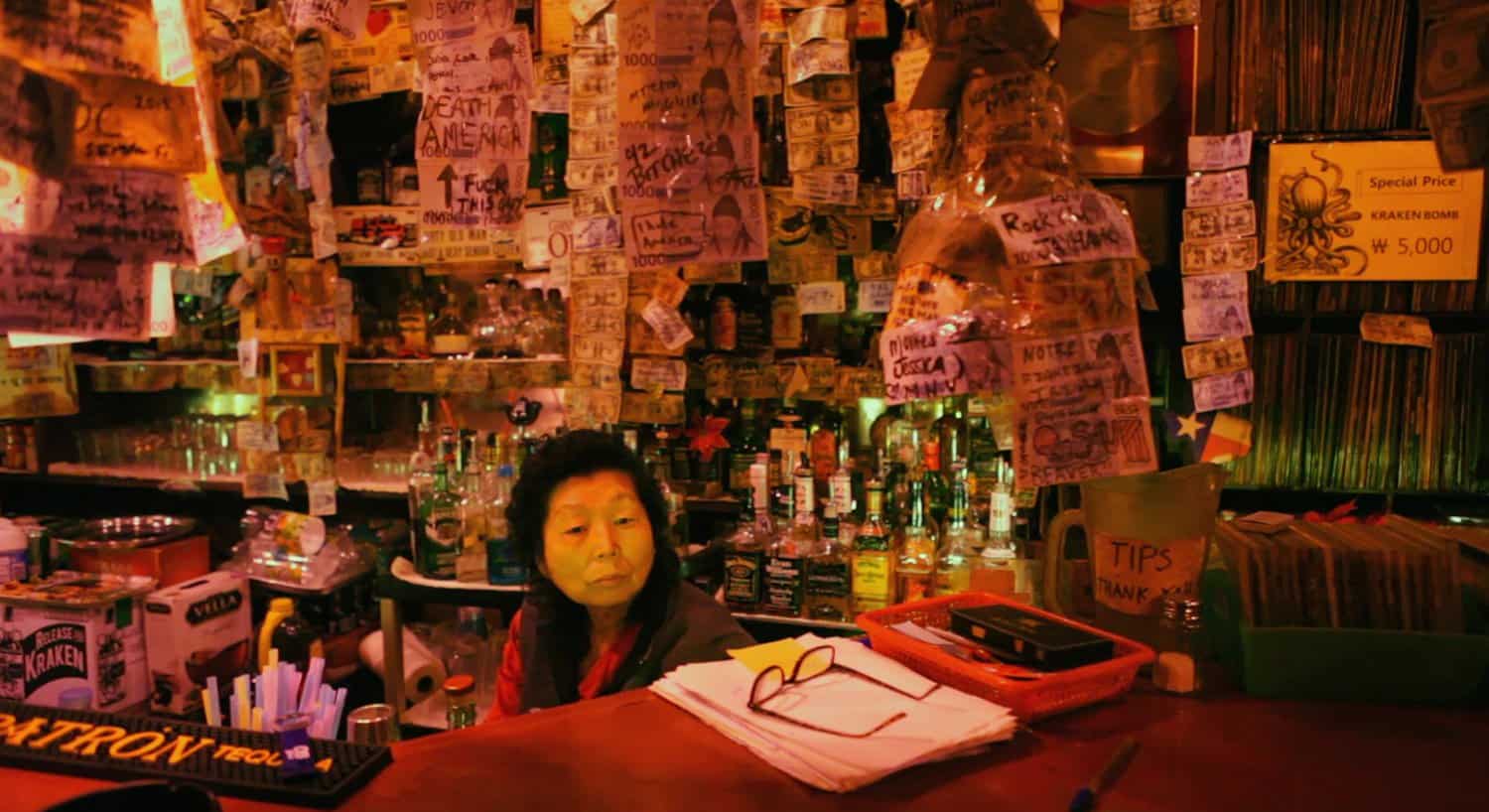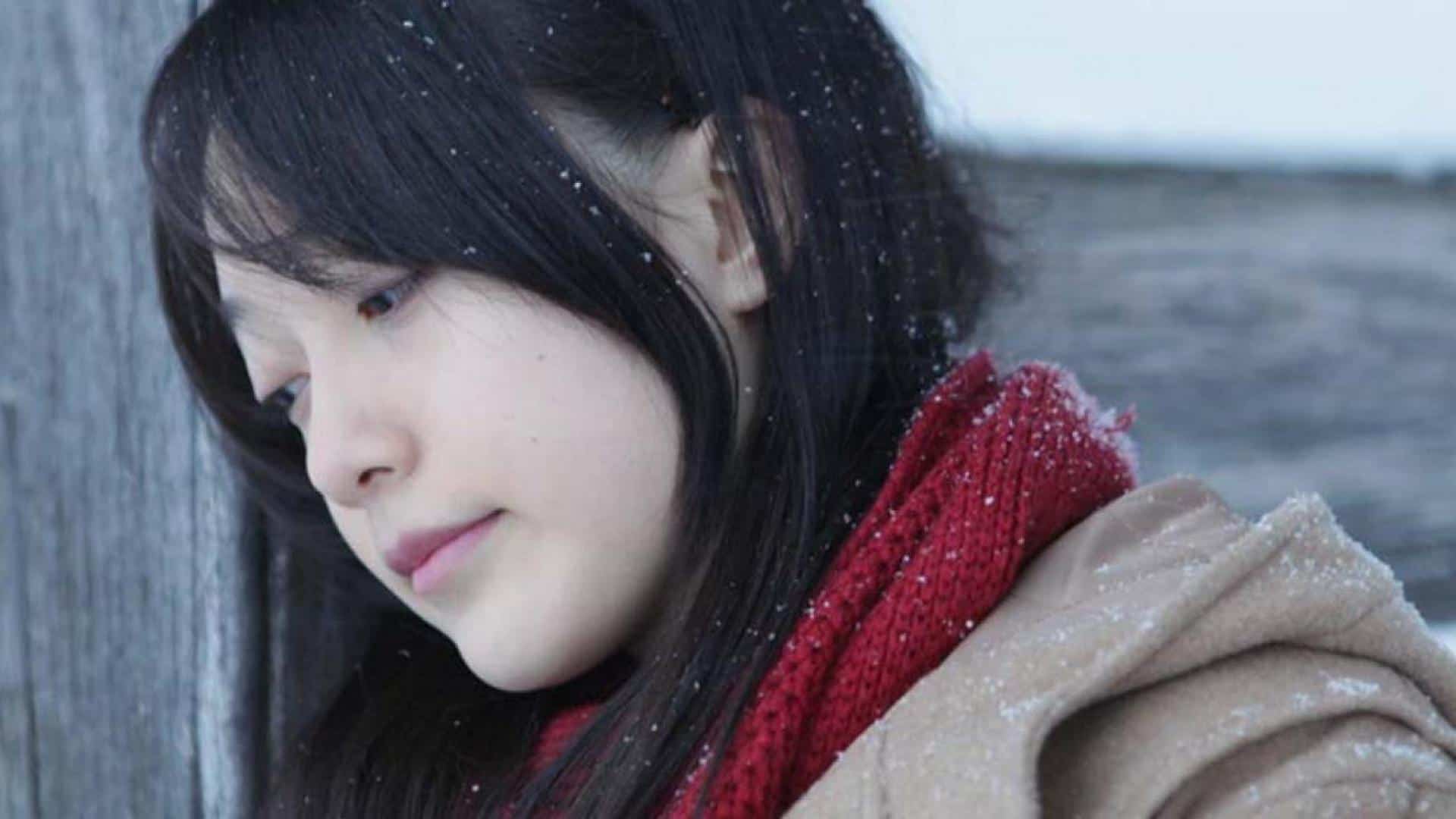by Daan Schneider
A documentary about strippers may be susceptible to accusations of voyeurism. And you might believe such to be the case with Yoichiro Okutani's “Odoriko” if I told you that after the first five minutes or so, we've been given an unobscured view of about every part of the naked female body apart from the face. Yet the film, despite being shot by a man, curiously escapes the male gaze. Rather, it presents with profound sympathy the daily lives of a group of women who posses a serious dedication to their craft. They just happen to be naked half the time.
Odoriko is screening at IDFA

In the opening shot, a woman walks down a flight of stairs, naked, and rummages around in a messy backstage before putting on her dress for her show which is being announced by a voice in the background. She is an odoriko, a dancer of a particular form of Japanese strip theatre which reached its pinnacle in the post-war period and has seen a steady decline in recent decades. There were once over 300 strip theatres around the country, programming not just odoriko performances but also comedy (by the likes of Takeshi Kitano, for example), drama and films. Now, less than 20 strip theatres remain, and the crowds they attract are dwindling.
In the backstage, where we ‘hang out' most of the film, we witness the ordinariness of the odoriko profession – discussions about the performance schedule, what they'll have for dinner, complaints about a broken-down washing machine. And alongside the mundane worries come the existential questions. Some women contemplate retiring as they face the inevitable aging of their bodies. One of them tries to rebut a common stereotype. “Some people still think strip clubs are seedy joints with pimps and yakuza, so I blog about doing triathlon as well as loving the strip show, hoping to change people's preconceptions. We're actually just like anybody else.”
The odoriko are shown to have passion for their art. We see them prepare their elaborate costumes and keep their bodies flexible, practicing acrobatic poses. The sense of sisterhood among them is remarkable, as is a sense of hierarchy. The legendary Hikaru Wakao, a famous odoriko of the olden days, is looked up to as a mentor and an inspiration, but even she performs for crowds of no more than three men sometimes.
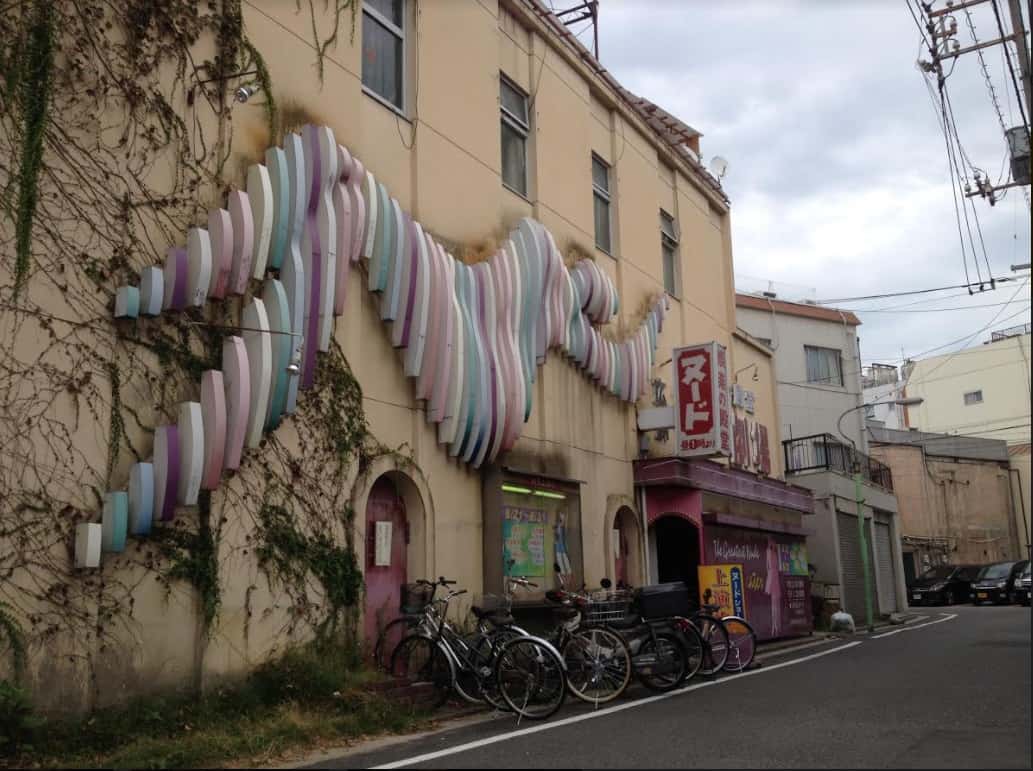
Shot on mini-DV tape, the film seems to embrace a feeling of nostalgia which, no doubt, is also part of the appeal of a strip theatre visit in the first place. With today's myriad of online options for sexual titillation at anyone's disposal, the visitors of strip theatres are of course stubbornly behind the times, and their owners definitely not profit-minded. Most of the clientele consists of retirees stuck in another era, although in an interview, director Yoichiro mentioned witnessing a modest wave of young women in the audience too. For the most part however, the appeal for this particular strand of performance is marginal. As one of the odoriko puts it: people these days don't appreciate good cooking anymore, they just want MSG-flavoured trash.
And thus, despite a core of die-hard fans, most Japanese strip theatres are on the verge of curtain call, at best postponing the inevitable. Near the end of the film, we are treated for a final time to an audience view of a one-woman show. Despite it not being very good, the lights, the music and the impressive bodily contortions are captivating. It's a spectacle that doesn't leave much to the imagination, sure, but after spending about two hours with these women, watching their daily routines, their camaraderie and hearing their recognisably mundane worries and hopes, the sight is not so much sexy as it is heart-warming. A woman, in a physical space, pouring her heart out to provide some good old-fashioned entertainment. In our locked-down times, where digital screens prevail, it's all the more easy to be sincerely touched by that idea.


